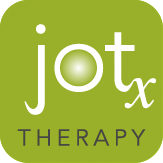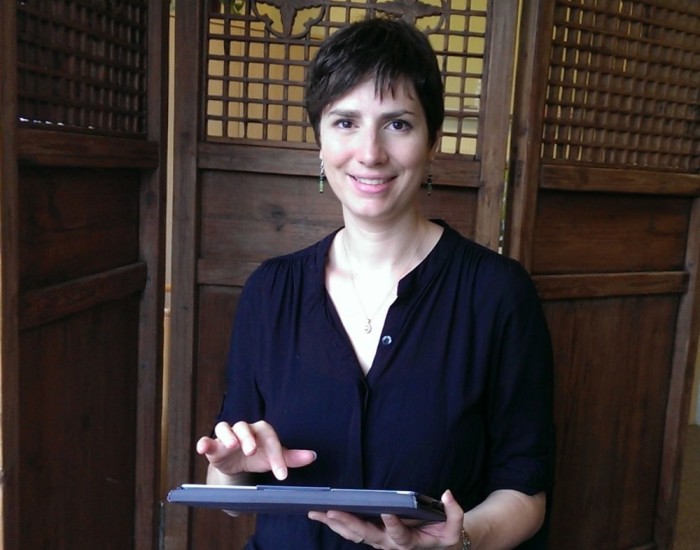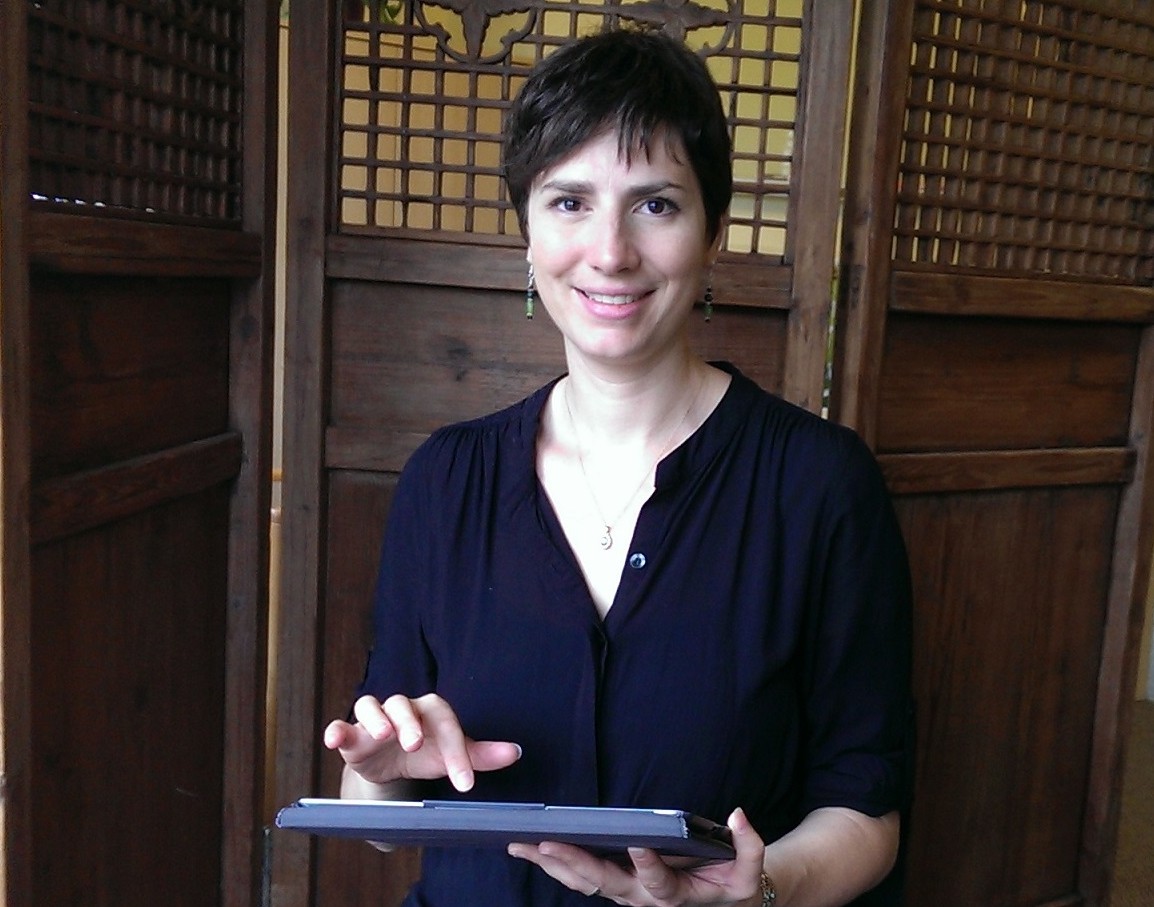When I started my private practice I had limited office time, so I supplemented by doing outpatient services in people’s homes. There are many benefits to that. For one, you can see how the person is actually doing in their home setting. For two, you don’t have the overhead costs of having an office. So if you can space your appointments a reasonably close distance apart, then you can do well. And if your caseload goes down, you don’t have to worry about paying for space that you aren’t using. Things to manage effectively are your drive time, chatting with your friendly clients too much, and your documentation time.
This is where JOTx really helped me. I was able to use the blue tooth on my phone to establish an Internet connection so that I could provide point of service documentation during my sessions. The problem with that was that some days my Internet connection was weak, and the app would run slowly as it tried to push data up to the server.
This is why for version 2 we insisted that the app function offline. Many locations don’t have Internet. Even when you have access to the Internet, the connection isn’t always good and sometimes you have to piddle around establishing the connection. So you have to have a system that doesn’t put you out of business when your connection is lousy. For JOTx therapy, that means that any data stored locally on the device, from the time that it is recorded to the time that it is pushed up to the server has to be securely encrypted. That means that if a hacker got your iPad before the memory could be wiped, the only information they would find is a senseless string of symbols. This was not a task that our programmers took lightly. In addition to data encryption, the app is protected by password access, a time out feature for inactivity, and pin access for re- entry. Like with any documentation system, therapists need to use common sense, but between that and our security measures, our users can rest easier knowing their data is secure.






